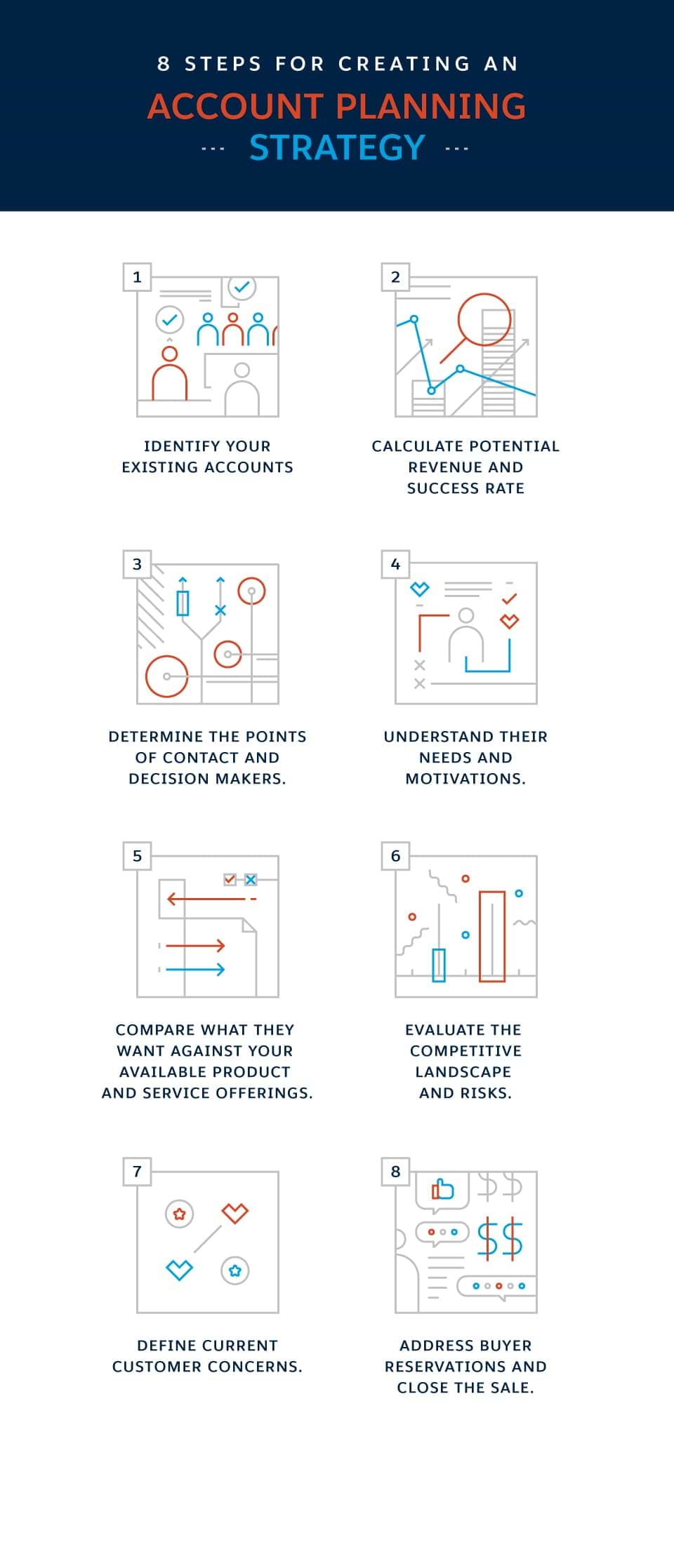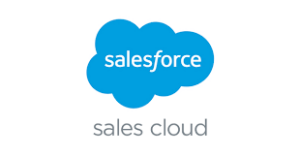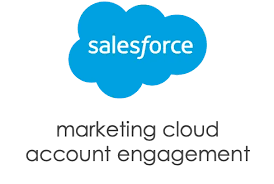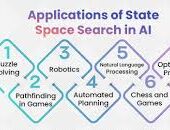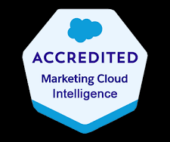Strategic account planning involves the creation of comprehensive plans to proactively manage key accounts, aiding them in achieving their business objectives. This insight also emphasizes the significance of Salesforce Account Planning within your CRM.
So, what exactly is an account plan? It is the process of delineating crucial details about a prospective or existing customer, encompassing insights into their decision-making processes, competitors in contention for their business, and the overarching strategy to secure, retain, and foster their growth.
An account plan serves as a comprehensive document outlining vital information about your customer, such as their business goals, challenges, priorities, competitors, decision-making processes, and purchase criteria. Additionally, it provides a platform to detail strategies for customer retention and upselling.
The account plan is accessible from the contact or account object and visible to everyone with the proper permission sets making sharing of data across teams easier.
Especially crucial for prized clients, a key account plan acts as a guiding star, illustrating the customer’s current position, future aspirations, and the outlined strategies to propel them towards their goals. In other words, how do you best service the client to get them where they want to be.
Now, why is account planning necessary? It serves as a tool for businesses to chart and monitor their sales objectives, facilitating a deeper understanding of customers, identification of new sales opportunities, and tracking progress towards set goals. Account planning is an indispensable instrument for businesses of all sizes.
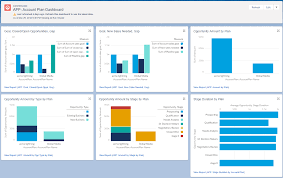
The three essential phases of Account Planning involve Insight, Velocity, and Impact. By embracing the themes of Research, Integrate, and Focus, businesses can successfully incorporate Account Planning into their sales operations, one account at a time.
How should you structure an account plan? Opt for a SMART approach, setting Specific, Measurable, Achievable, Relevant, and Time-bound goals, such as a 20% revenue increase within the fiscal year. Conduct a SWOT analysis, identify key stakeholders, and formulate an action plan with assigned responsibilities and deadlines.

